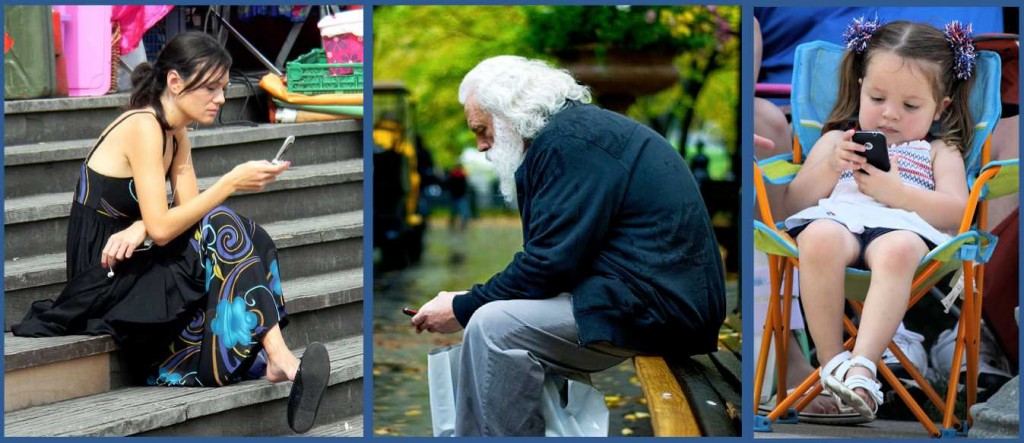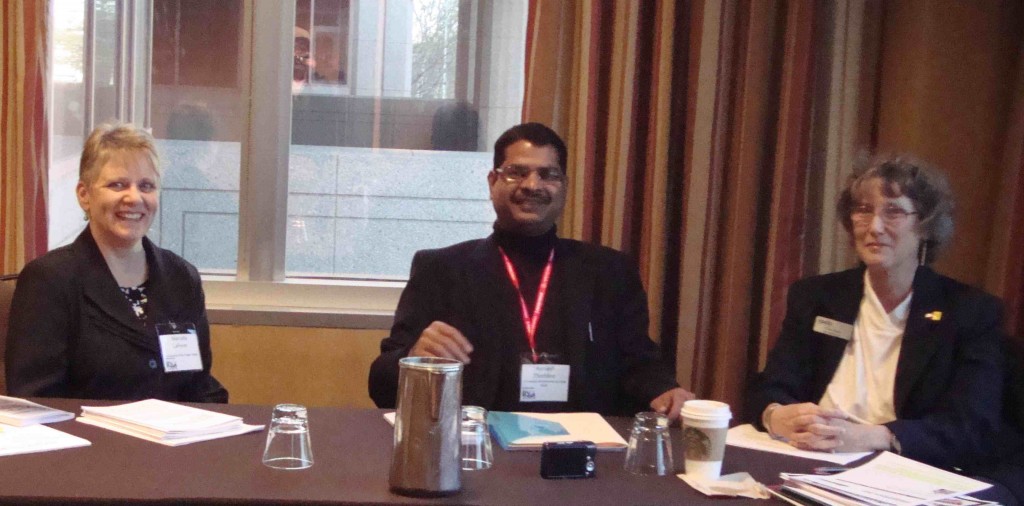“It is customary nowadays to deplore the fact that the art of letter-writing has fallen into decay, and when we read that the entire correspondence of an engaged couple recently was carried on for two years by telephone and telegraph we are inclined to believe it.”
— Lilian Eichler, Book of Etiquette Vol. I, 1924
“Etiquette” is a word with prissy connotations, recalling books with chapters on how to behave at tea parties, the most acceptable way to decline a wedding invitation, and so on. But conventions govern all our social interactions whether we like it or not, and an enormous amount of information is communicated by the way we “comport” ourselves with other people. Simple example: an office romance was exposed at a group lunch when a person absent-mindedly plucked an olive off the plate of the person sitting next to them and ate it. If you take a piece of food off someone’s plate and eat it, you are communicating a LOT about your relationship with that person.
The thing about rules of etiquette is that they evolve by consensus and over time. Social norms around eating, for example, have had millennia to develop. When rapid technological change affects people’s behaviour it’s hard for the conventions that help us negotiate our interactions (in a word, etiquette) to keep up. The proliferation of cell phones is one example, as anyone who has watched someone take a phone call in a movie theatre will understand. (Pro tip: do not answer your phone at the movies.)
I’ve noticed that no widely-accepted norms exist for cell phone behaviour when you’re in the company of other people. Is it considered rude to interrupt a f2f conversation to take a call, for instance? (I did an informal census, only to learn that opinions differ widely.) What about sending a text message or three, or checking Facebook updates, or replying to email? As the communication instruments in our hands gain functionality, how do we balance the demands of the device against the social expectations of those who are literally in our faces?
I’m not sure if this will catch on, but a recent attempt to introduce some cell phone etiquette to social situations, called “Don’t Be a D*ck During Meals“, has gone a little bit viral on the Internet. The basic rules are simple: when you’re at a restaurant with friends or family all cell phones go in a pile in the middle of the table. The first person to touch their phone before the bill arrives has to pay for everyone. If no one succumbs to the urge, the bill is divided up as per usual social conventions.
I’d be interested to hear what you think of this “game”, as well as the rules and conventions you observe when it comes to your cell phone behaviour in public, with friends or with family.








